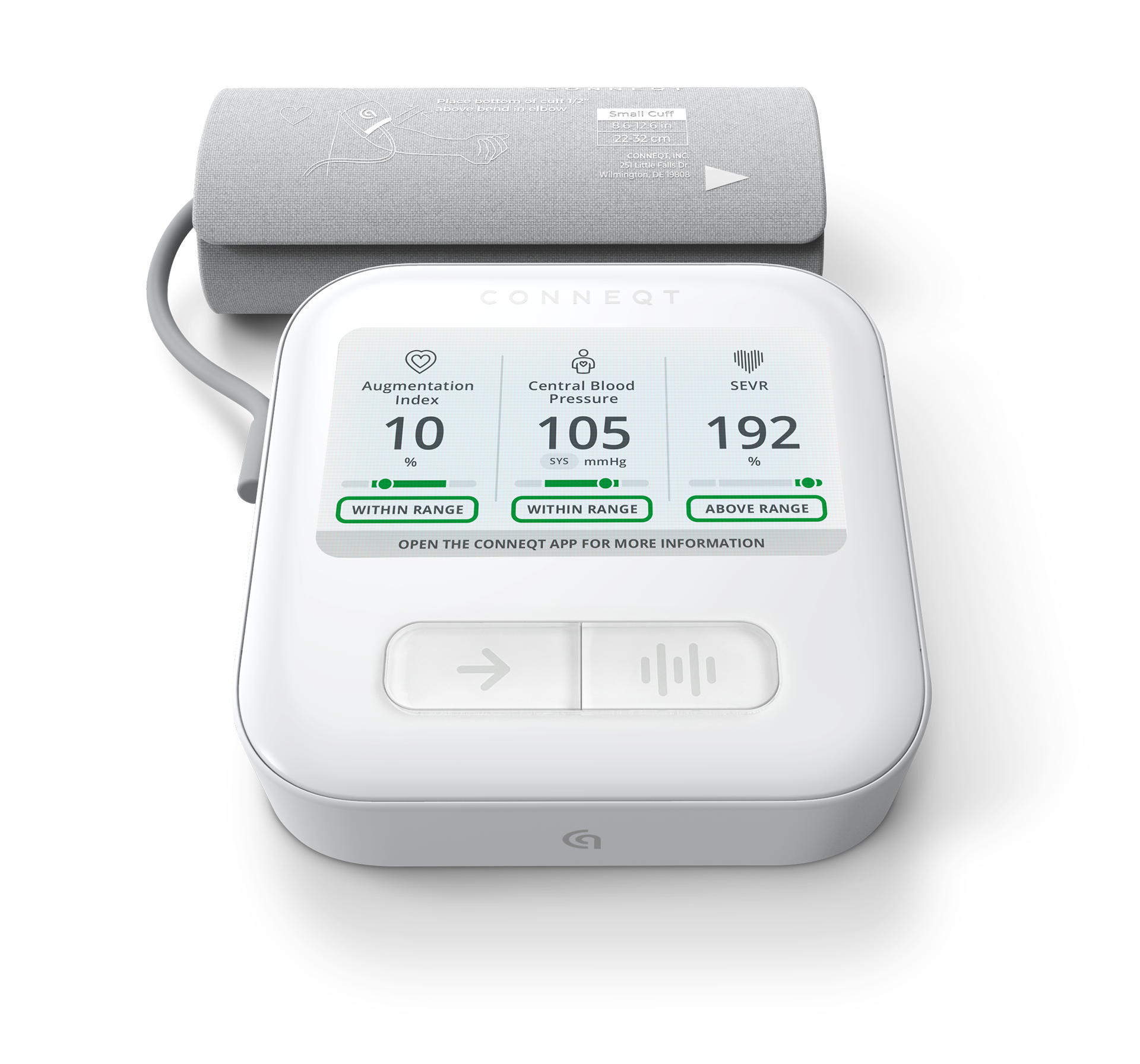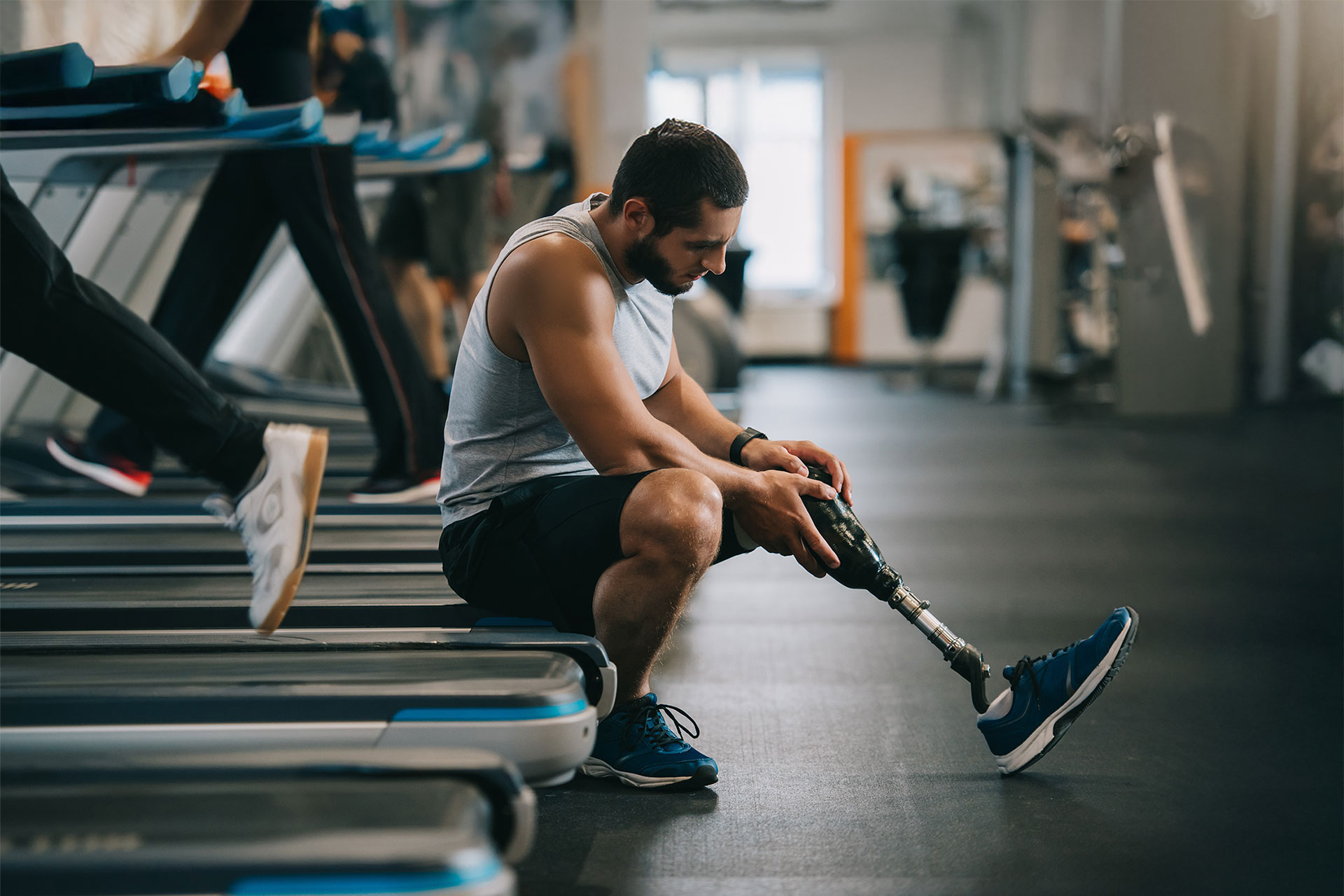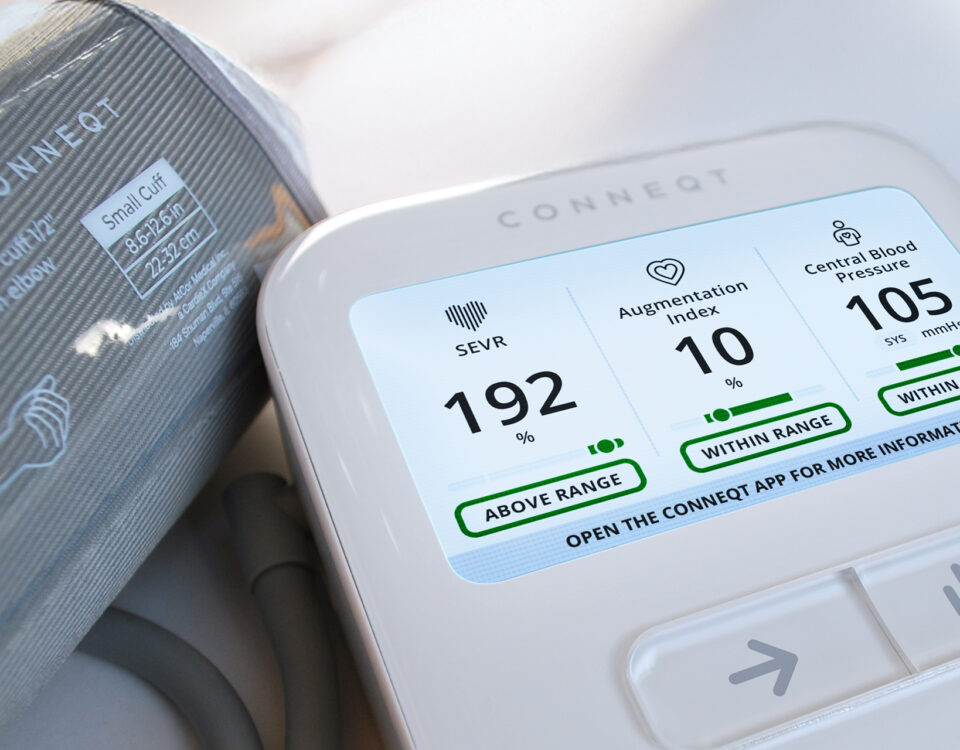When someone loses a limb, the focus is often on physical recovery, mobility, and adapting to a new way of life. However, the loss of a limb brings significant changes to the entire body, including the cardiovascular system. These changes are less visible but can have profound impacts on heart health.
A 1979 study conducted by the Veterans Administration provided some of the earliest evidence that amputation significantly increases the risk of cardiovascular disease. Key findings from the study revealed:

Measure what matters
Save 20% on checkout with code VITALITY
- Veterans with proximal amputations (above the knee or at the thigh) had a 1.5x higher mortality rate from ischemic heart disease and a 1.7x higher rate from other cardiovascular diseases compared to veterans with non-amputation injuries.
- Bilateral lower limb amputations carried an even greater risk.
These risks are not just about the amputation itself but are linked to the way limb loss changes physical activity levels, circulation, and arterial health over time.
How Limb Loss Affects the Heart and Arteries
The cardiovascular system is intricately connected to every part of the body. When a limb is lost, this balance shifts, and the heart and arteries must adapt. Here’s how:
- Increased Heart Workload: Losing a limb changes blood flow patterns and circulation demands. The heart often compensates by working harder, which can increase strain over time.
- Higher Risk of Arterial Stiffness: Reduced mobility after amputation can lead to less physical activity, a key factor in maintaining flexible, healthy arteries. Stiff arteries force the heart to pump harder, increasing the risk of heart disease.
- Inflammation and Recovery: The healing process after surgery often involves inflammation. While necessary for recovery, inflammation can negatively affect arterial health, contributing to long-term cardiovascular risks.
These changes place individuals with limb loss at a higher risk of heart disease, stroke, and other cardiovascular conditions. Understanding these risks is the first step toward addressing them.
The Role of Vascular Biomarkers: AIx and SEVR
Arterial health is about more than just blood pressure. Advanced biomarkers like Augmentation Index (AIx) and Subendocardial Viability Ratio (SEVR) offer deeper insights into cardiovascular risks, especially for those with limb loss.
- Augmentation Index (AIx): AIx measures arterial stiffness and wave reflections within the arteries. A higher AIx indicates stiffer arteries, which can strain the heart. Research shows that people with limb loss often have elevated AIx, making it a critical metric to monitor.
- Subendocardial Viability Ratio (SEVR): SEVR assesses the balance between the oxygen supply and demand of the heart muscle. Lower SEVR suggests the heart is under stress and may not be receiving adequate oxygen. For individuals with limb loss, SEVR can reveal the hidden strain placed on the heart by circulatory changes.
By measuring these biomarkers, healthcare providers can detect early signs of cardiovascular issues and develop personalized care plans to address them.
Taking Action: How to Support Heart Health After Limb Loss
The good news is that there are steps individuals with limb loss can take to protect their cardiovascular health:
- Monitor Arterial Health: Ask your healthcare provider about screenings that measure AIx and SEVR. These insights can help detect issues before they become serious.
- Stay Physically Active: Work with a physical therapist to find exercises that suit your abilities. Even small movements can help keep arteries flexible and reduce cardiovascular strain.
- Adopt Heart-Healthy Habits: A balanced diet, stress management, and staying hydrated can support overall heart and arterial health.
- Stay Informed: Understanding your risks and the tools available to manage them empowers you to take control of your health journey.
Raising Awareness and Driving Change
At CONNEQT, we believe everyone deserves access to the tools and knowledge needed to take charge of their health. For those living with limb loss, arterial health monitoring offers a pathway to proactive, personalized care. By raising awareness about the cardiovascular impacts of limb loss and the importance of biomarkers like AIx and SEVR, we can make a difference in improving outcomes and quality of life.






